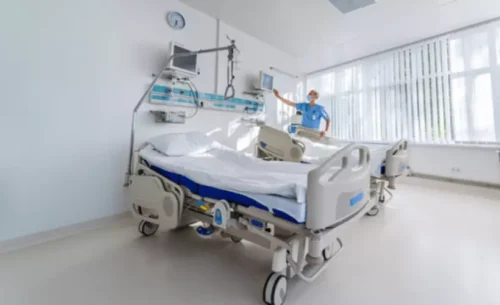
Nurses most often use the same monitoring as individuals in the rest of the healthcare team. They may also have contact with individuals who provide close support to the patient, such as family members, friends, or sponsors. A variety of peer support programs have been established to allow individuals who have progressed in recovery to assist people in earlier stages. Biopsychosocial characteristics at baseline were compared between those who maintained their abstinence (abstainers) and those who consumed alcohol within 6 months of participation (relapsers) with independent-samples t-tests and Fisher’s Exact Test, where indicated.
Does Workforce Assistance Cover Rehab Treatment?
- As the study looked only at the frequency of severe events, it remains unclear exactly how GLP-1 RAs drive reductions in such events—researchers are uncertain whether patients taking these medications used alcohol or opioids less frequently, or less heavily, or both.
- Many alumni programs, such as those offered by American Addiction Centers (AAC), host peer gatherings and can connect you with addiction aftercare services.
- Some individuals may experience triggers that lead them to drink, while others may simply struggle with the day-to-day challenges of living a sober life.
- Additionally, medications are used to help people detoxify from drugs, although detoxification is not the same as treatment and is not sufficient to help a person recover.
- People in recovery from alcohol addiction are at the highest risk of relapse during the early alcoholic recovery stages, in the immediate moments after a traumatic event or during times of transition.
- Returning to rehab after an alcohol relapse may seem disheartening, but seeking treatment can open the doors to hope and healing.
These individuals may have less severe problems and/or more personal and social resources that can help them initiate and sustain natural recovery. There were some interactions between the help groups and the baseline variables in predicting remission (Table 1). Less severe problems (fewer current drinking problems and fewer negative life events) and better coping skills (less avoidance coping and drinking to reduce tension) were more predictive of remission in the no help than in the helped group. Moreover, compared to individuals who remitted with help, individuals who remitted without help had fewer problems or more resources on each of these indices.

The Connection Between Financial Stress and Mental Health
This activity describes relapse prevention interventions used in helping individuals recover from addiction. In particular, it highlights the role of cognitive-behavioral therapy, medications, monitoring, and social support. According to the National Institute https://ecosoberhouse.com/ on Alcohol Abuse and Alcoholism (NIAAA), over 15 million American adults have an alcohol use disorder (AUD) at any given time, marked by frequent drinking with the inability to control the amount consumed or stop easily. When a person receives treatment for addiction to any substance, relapse is common, but alcohol relapse rates are thought to be much higher than in other substance use disorders.
- The longer an alcoholic stays sober, the better their chances are for long-term sobriety.
- However, their emotions and resulting behaviors are laying the foundations for their next relapse.
- An additional predictor of relapse at 6 months was shorter number of days of abstinence prior to treatment entry.
Impact of Professional Treatment on Relapse Rates
If you’ve been in treatment before, it may also help to reach out to alumni programs (if any) for resources. Many alumni programs, such as those offered by American Addiction Centers (AAC), host peer gatherings and can connect you with addiction aftercare services. Friends and family see the noticeable benefits of quitting alcohol when their loved one stops drinking and chooses to pursue a healthy life.
SAMHSA Releases New Data on Recovery from Substance Use and Mental Health Problems Among Adults in the United States

Family support can provide encouragement, accountability, and assistance in managing stressors that may contribute to relapse. Finding the right facility for you involves the inclusion of a physician, therapist, or other healthcare provider to help you choose a facility to address all of your needs, including addiction and co-occurring disorders. Beyond that, you may narrow the field based on location, additional services, amenities, and accreditations and certifications. After completing the recommended alcoholism relapse rate treatment plan, it’s important to have a game plan to help maintain a new sober lifestyle. While individuals may return to work, school, and other activities, they need to surround themselves with a support system of family, friends, treatment alumni, and mentors who will encourage and promote healthy lifestyle choices and distractions.

